I have a script that, when I right click on a folder, combines all pngs/jpgs/tifs inside the folder into a PDF and renames the PDF to the name of the folder it resides in.
cd %~dpnx1
for %%a in (.) do set currentfolder=%%~na
start cmd /k magick "*.{png,jpg,tif}" "%currentfolder%.pdf"
However, I have quite a lot of folders and currently have to do this one by one. How can I create a function where I can right click on a folder, which searches subfolders and combines the jpgs to PDF? So in the example below, Im wanting to create 3 PDFS (Folder A, Folder B and Folder C) by right clicking and running batch on the parent folder.
Example:
- Parent folder (one that I would right click and run script from)
- |- Folder A
- ||- test1.jpg
- ||- test2.jpg
- ||- test3.jpg
- |- Folder B
- ||- example1.jpg
- || - example2.jpg
- |- Folder C
- || Folder D
- |||- temp.jpg
- |||- temp2.jpg
I have also recently moved to Mac so I'm looking to use zsh. I've had some help to attempt to use the following myself but no luck:
#!/bin/bash
# Set the output directory
output_dir='./pdfs/'
# Make the output directory if it doesn't exist
mkdir -p "$output_dir"
# Check if an input directory was provided as a command-line argument
if [ $# -eq 0 ]
then
# Use the current directory as the input directory if none was provided
input_dir='./'
else
# Use the first command-line argument as the input directory
input_dir="$1"
fi
# Find all the directories in the input directory
find "$input_dir" -type d | while read dir; do
# Extract the base directory name
dirname=$(basename "$dir")
# Create a PDF file with the same name as the base directory name
output_file="$output_dir/$dirname.pdf"
# Find all the JPEG files in the current directory
find "$dir" -type f -name '*.jpg' | while read file; do
# Convert the JPEG file to PDF and append it to the output file
convert "$file" "$file.pdf"
done
# Concatenate all the PDF files in the current directory into a single PDF
gs -q -dNOPAUSE -dBATCH -sDEVICE=pdfwrite -sOutputFile="$output_file" "$dir"/*.pdf
# Remove the temporary PDF files
rm "$dir"/*.pdf
done
Hope you can help. Thank you.


